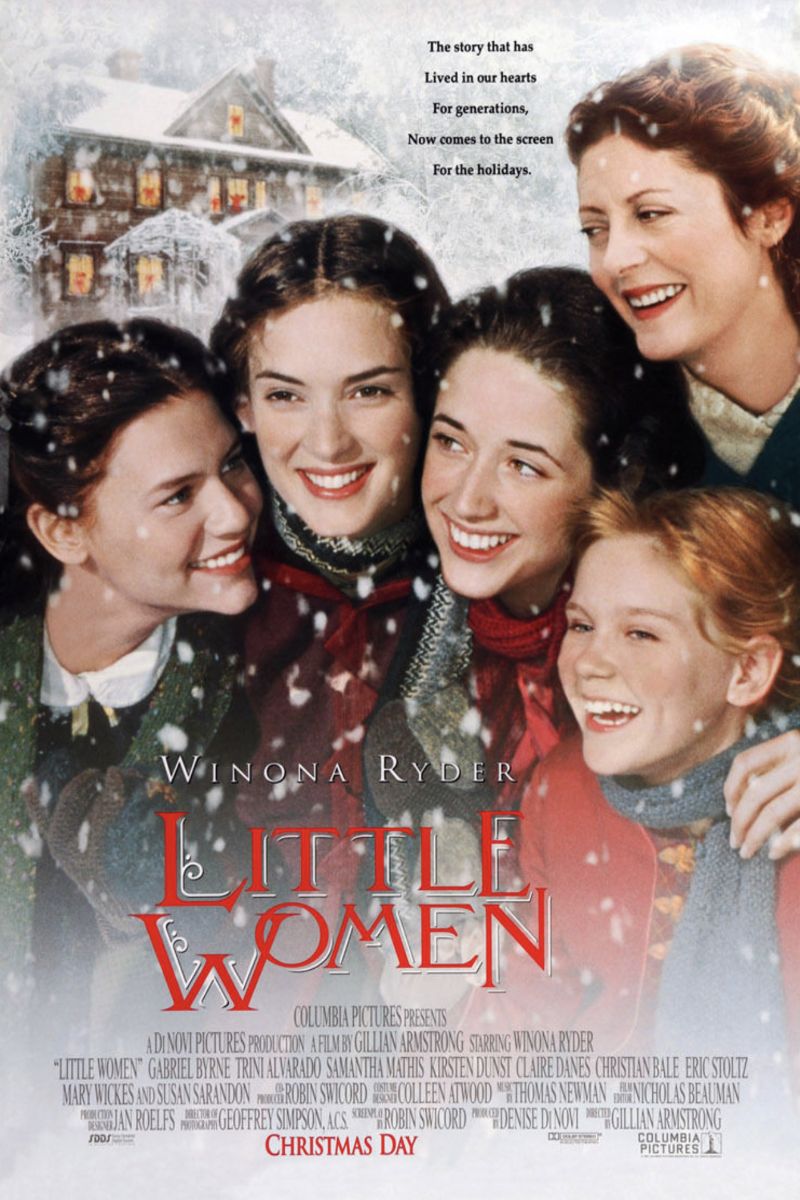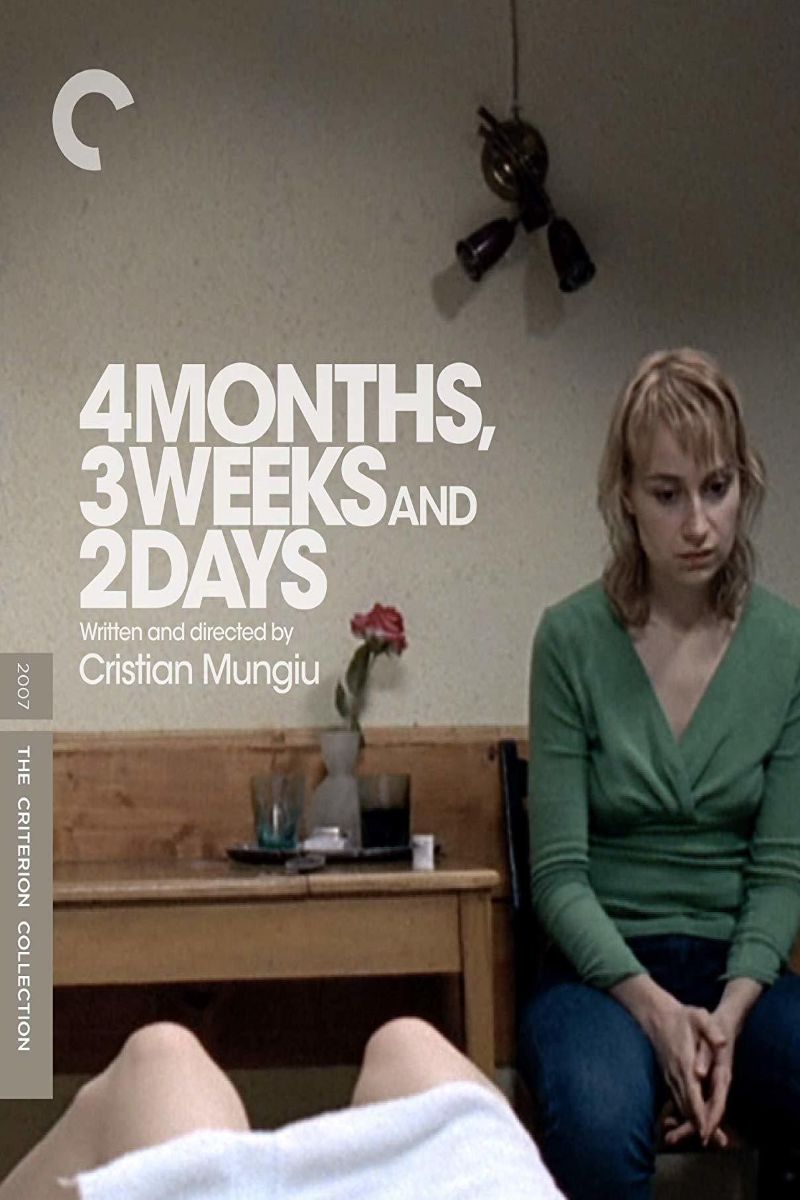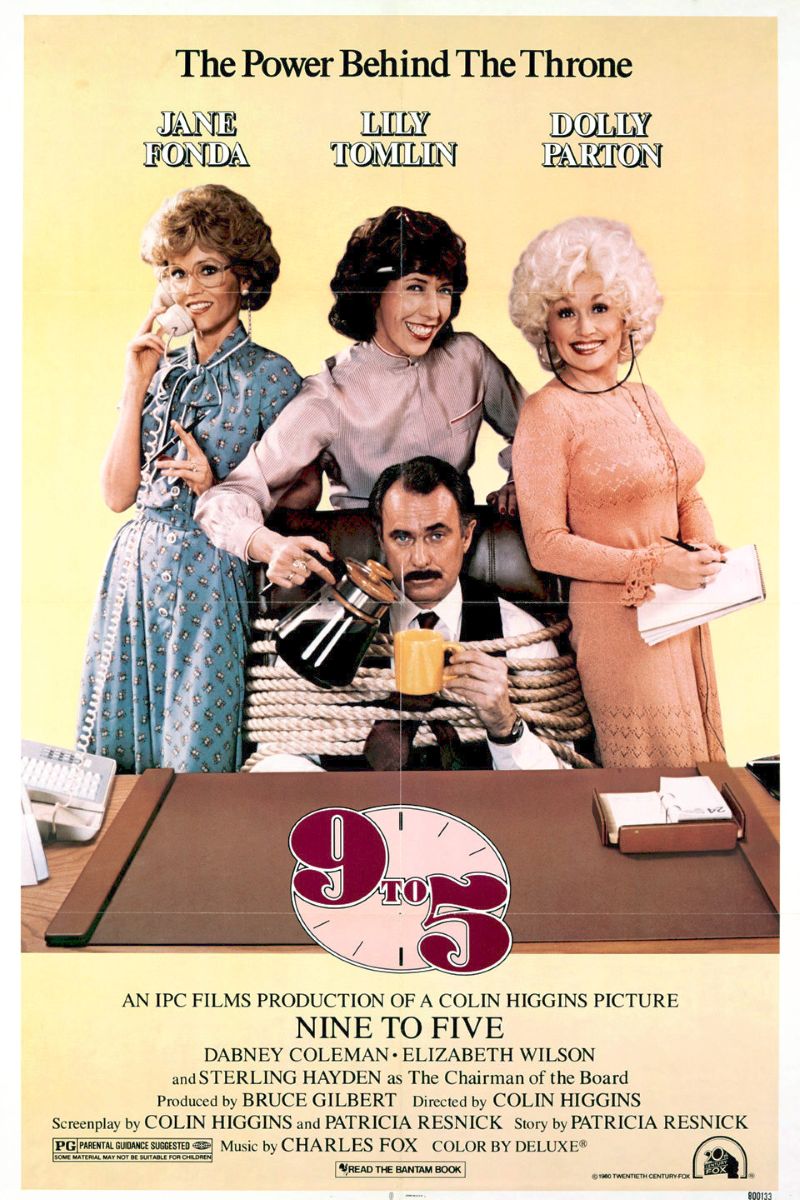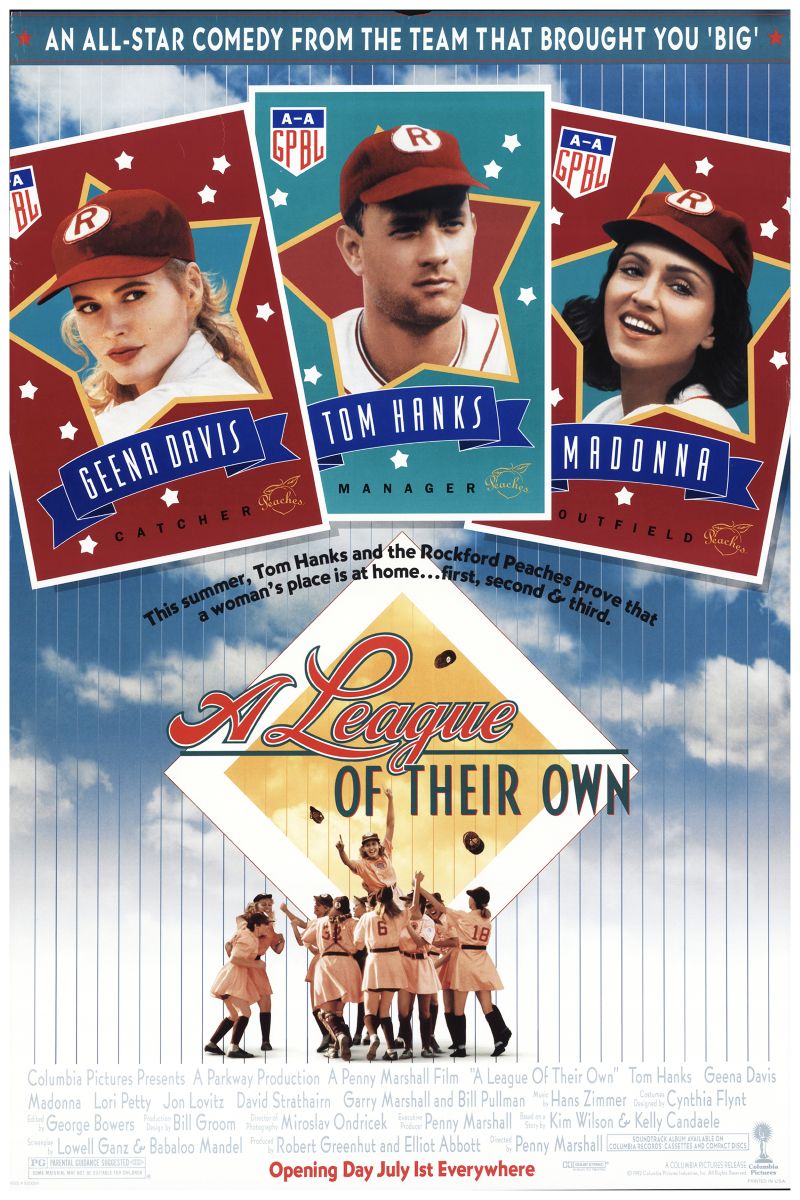
Little Women
Little Women
Feminism isn't just about women kicking ass—it's also about allowing us the freedom to be who we want. For the protagonist sisters in Gillian Armstrong's adaptation of Louisa May Alcott's novel, that means a writer, a musician, a housewife, and a free spirit.
主演
🎥 影评与解读
Gillian Armstrong’s “Little Women” stands as a triumphant celebration of diverse paths to female fulfillment, demonstrating that feminist progress lies not in prescribing what women should become, but in expanding the range of what they can choose to be. This 1994 adaptation of Louisa May Alcott’s beloved novel transcends the limitations of period drama to deliver a thoroughly modern meditation on sisterhood, ambition, and the ongoing struggle between social expectations and individual dreams. Through the four March sisters—Jo, Meg, Beth, and Amy—Armstrong creates a nuanced portrait of feminism that embraces both domestic choice and artistic rebellion, showing how women’s liberation encompasses the freedom to pursue happiness through multiple, equally valid pathways.
Revolutionary Feminist Adaptation
Armstrong’s approach to Alcott’s source material demonstrates how contemporary feminist filmmaking can illuminate progressive themes that existed within supposedly traditional narratives, revealing the radical elements that made “Little Women” controversial in its own time. Her direction emphasizes the novel’s exploration of women’s economic independence, artistic ambition, and resistance to prescribed social roles while maintaining the warmth and intimacy that have made the story enduringly popular.
The film’s feminist perspective emerges through its refusal to privilege any sister’s choice over others, instead showing how each woman’s path reflects different aspects of 19th-century women’s limited options while suggesting possibilities for expanded choice. This approach demonstrates how historical fiction can illuminate contemporary struggles by showing how women have always negotiated between personal desires and social constraints.
Armstrong’s background as one of the few women directors working in mainstream Hollywood brings authenticity to her treatment of female artistic ambition and the challenges women face in male-dominated fields. Her own experience fighting for creative control and recognition informs her portrayal of Jo’s struggles to establish herself as a serious writer while maintaining her artistic integrity.
Sisterhood as Feminist Foundation
The film’s exploration of the March sisters’ relationships provides a masterclass in depicting female solidarity that encompasses difference rather than demanding conformity. Each sister represents distinct approaches to navigating women’s constrained circumstances—Jo’s direct rebellion through artistic pursuit, Meg’s strategic use of marriage for security and happiness, Beth’s quiet resistance through musical expression, and Amy’s ambitious social climbing through artistic refinement.
The sisters’ mutual support transcends their personality differences and conflicting life choices, demonstrating how feminist solidarity can accommodate diverse definitions of success and fulfillment. Their relationships show how women can provide each other with emotional sustenance, practical assistance, and moral courage while respecting individual autonomy and different life directions.
The film avoids the trap of presenting sisterhood as either perfect harmony or competitive rivalry, instead showing how genuine female relationships involve conflict, misunderstanding, and reconciliation that ultimately strengthen rather than weaken bonds between women. This realistic portrayal provides models for contemporary women navigating friendships across different life choices and value systems.
Jo March: Artist and Feminist Icon
Winona Ryder’s portrayal of Jo March creates one of cinema’s most compelling representations of female artistic ambition and the costs of pursuing unconventional paths in restrictive societies. Jo’s determination to support her family through writing while maintaining her creative integrity reflects broader struggles facing women artists who must balance economic necessity with artistic vision.
The film’s treatment of Jo’s relationship with Professor Bhaer avoids the conventional romance trajectory by showing how their partnership develops through intellectual compatibility and shared values rather than simple attraction. Their relationship demonstrates possibilities for romantic love that supports rather than constrains women’s artistic and intellectual development, suggesting alternatives to marriages based on economic security or social advancement.
Jo’s evolution from rebellious girl to confident woman illustrates how feminist coming-of-age involves learning to channel resistance into productive action while maintaining core principles and values. Her journey demonstrates that artistic success requires not just talent but persistence, adaptability, and willingness to fight for creative control in systems designed to exclude women.
Diverse Paths to Female Fulfillment
The film’s radical contribution to feminist discourse lies in its validation of multiple approaches to women’s happiness and social contribution, challenging both traditional limitations and contemporary feminist orthodoxies about what constitutes authentic female empowerment. Meg’s choice of marriage and motherhood receives equal narrative weight to Jo’s artistic pursuits, demonstrating that domestic life can be chosen freely rather than simply accepted as default.
Amy’s transformation from vain youngest sister to sophisticated artist illustrates how women can use traditionally feminine skills—beauty, social grace, cultural refinement—as tools for achieving artistic recognition and economic independence. Her character development shows how apparent conformity to feminine ideals can mask serious ambition and strategic thinking about accessing male-dominated artistic institutions.
Beth’s quiet strength and musical talent provide a powerful argument for valuing gentle, nurturing forms of female expression that might be overlooked in favor of more dramatic achievements. Her character demonstrates how artistic sensitivity and emotional intelligence constitute forms of genius that deserve recognition and protection rather than exploitation or dismissal.
Economic Realities and Women’s Choices
The film’s honest treatment of the March family’s financial constraints reveals how economic pressure shapes women’s options and decisions in ways that continue to resonate with contemporary audiences. The sisters’ awareness that they must contribute to family survival while maintaining respectability illustrates the double bind facing women who need economic independence but have limited access to well-paying careers.
Meg’s marriage to John Brooke reflects realistic calculations about how romantic love must be balanced against practical considerations of financial security and social status. The film presents her choice as neither purely romantic nor cynically practical but as a complex decision that weighs multiple factors affecting her and her family’s wellbeing.
Jo’s struggles to earn money through writing while avoiding sensational or commercialized content illustrate ongoing tensions between artistic integrity and economic necessity that continue to affect creative women. Her experience with publishers who demand formula rather than innovation reflects systemic barriers that prevent women from developing their full artistic potential.
Mother as Feminist Model
Susan Sarandon’s portrayal of Marmee provides a crucial example of how women can embody feminist principles while working within traditional family structures. Her character demonstrates how maternal authority can coexist with progressive values about women’s intellectual capacity and social contribution, offering models for feminist motherhood that support daughters’ diverse ambitions.
Marmee’s famous speech about women’s value extending beyond decorative purposes delivers one of the film’s most explicitly feminist moments while emerging organically from maternal concern for her daughters’ futures. Her wisdom about the importance of developing intellectual and moral substance rather than relying solely on physical beauty provides guidance that transcends historical period.
The film shows how Marmee’s influence extends beyond direct instruction to include modeling strength, compassion, and principled action in her daily life. Her example demonstrates how women can exercise moral authority and social influence through informal leadership and community service when formal political participation remains unavailable.
Visual Storytelling and Period Authenticity
Armstrong’s direction creates visual language that emphasizes the tactile, domestic aspects of 19th-century women’s lives while avoiding both romanticization and condescension. The film’s attention to clothing, household objects, and daily routines provides context for understanding how material constraints shaped women’s experiences while showing how creativity and agency could be exercised within those limitations.
The production design creates authentic atmosphere that supports rather than overwhelms character development, using period details to illuminate social and economic realities rather than simply creating beautiful images. This approach demonstrates how historical accuracy can enhance rather than limit contemporary relevance by grounding universal themes in specific cultural contexts.
The film’s cinematography emphasizes natural lighting and intimate framing that creates warmth and immediacy in family scenes while maintaining appropriate distance during more formal social interactions. This visual approach supports the film’s themes about the importance of private relationships and domestic spaces in women’s emotional and intellectual development.
Performance and Ensemble Acting
The film’s success depends largely on the chemistry and individual performances of the four actresses playing the March sisters, each of whom brings distinct personality and energy that makes their character’s choices feel authentic and motivated. Ryder’s Jo combines vulnerability with determination, creating a character whose artistic ambitions feel genuine rather than simply rebellious.
Trini Alvarado’s Meg avoids the trap of making the domestic sister appear boring or conventional, instead showing how her choices reflect genuine preferences and values rather than lack of imagination or courage. Her performance demonstrates how choosing traditional paths can represent authentic self-knowledge rather than simple conformity.
Claire Danes’s Beth and Kirsten Dunst’s young Amy provide crucial balance to the ensemble, showing how different temperaments and talents contribute to family dynamics while receiving equal narrative attention and respect. Their performances avoid stereotyping the quiet sister and spoiled youngest child, instead creating complex characters with distinct motivations and growth arcs.
Contemporary Feminist Relevance
“Little Women” continues to resonate with contemporary audiences because its central questions about balancing personal fulfillment with family responsibility, artistic integrity with economic necessity, and individual desires with social expectations remain relevant across historical periods. The film’s treatment of these issues provides insight into ongoing challenges facing women in cultures that still limit their choices and opportunities.
The film’s celebration of different paths to female fulfillment offers valuable perspective for contemporary discussions about work-life balance, career versus family choices, and the diversity of women’s experiences and priorities. Its demonstration that feminist progress involves expanding options rather than mandating specific choices provides important corrective to narrow definitions of women’s liberation.
The March sisters’ model of supportive female relationships that transcend difference offers inspiration for contemporary women navigating friendship and solidarity across political, economic, and lifestyle differences. Their example suggests possibilities for feminist community that accommodates rather than eliminates diversity of opinion and experience.
Literary Adaptation and Cinematic Achievement
Armstrong’s adaptation demonstrates how faithful adaptation can enhance rather than limit a work’s contemporary relevance by bringing visual and emotional immediacy to themes that might feel distant or abstract in literary form. Her direction makes Alcott’s 19th-century concerns about women’s independence and artistic expression feel urgent and personal for contemporary audiences.
The film’s success in translating literary complexity to cinematic narrative shows how female directors can bring different perspectives to familiar material, emphasizing themes and relationships that previous adaptations might have overlooked or minimized. Armstrong’s approach proves that women’s stories can achieve both commercial success and critical recognition when told with authenticity and respect.
The film’s influence on subsequent period dramas about women’s experiences demonstrates its success in establishing new models for how historical fiction can illuminate women’s lives without resorting to modern anachronism or period stereotyping.
Conclusion: Freedom to Choose
“Little Women” achieves its enduring impact through its sophisticated understanding that feminist progress requires not just new opportunities for women but also respect for the diverse ways women might choose to use those opportunities. Gillian Armstrong’s adaptation demonstrates that authentic female empowerment encompasses the freedom to pursue happiness through multiple pathways, whether artistic, domestic, social, or spiritual.
The film’s greatest achievement lies in its creation of a feminist vision that is both historically grounded and contemporarily relevant, showing how women’s struggles for autonomy and fulfillment transcend specific time periods while taking different forms in different cultural contexts. The March sisters’ various choices illustrate that women’s liberation involves expanding the range of acceptable options rather than prescribing correct ones.
Through its combination of excellent performances, authentic period detail, and nuanced character development, “Little Women” stands as a testament to the ongoing relevance of stories about women supporting each other while pursuing their individual dreams. The film proves that feminist cinema can celebrate both tradition and innovation, both domestic values and artistic ambition, both individual achievement and family loyalty, creating a vision of women’s lives that is both aspirational and achievable.
🏆 获奖与荣誉
- • 奥斯卡奖 最佳女主角 nomination (Winona Ryder)
- • 奥斯卡奖 Best Costume Design nomination
- • 奥斯卡奖 Best Original Score nomination
- • 美国演员工会奖 Outstanding Cast nomination
- • 金球奖 Best Motion Picture nomination
⭐ 评分与链接
相关推荐
评论与讨论
与其他观众一起讨论这个视频
加入讨论
与其他观众一起讨论这个视频
评论加载中...



